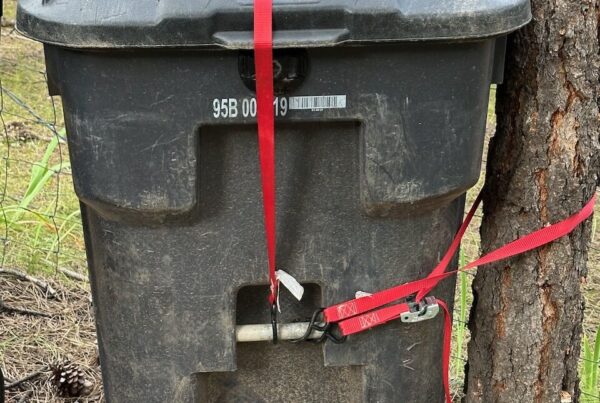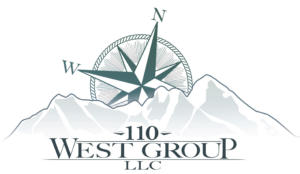A road construction team and an executive team can be eerily similar.
A few months ago our county put an island in the middle of what had been an open intersection.
When I drove past it I thought that the two-way section of the road looked a little narrow.
After a week of work, the island was complete.
Two days later the crew was jackhammering it up. Turns out that the island was too wide, and the two-way road was, in fact, too narrow.
So they had to tear it out and do it again. Our tax dollars hard at work. (See the pic below of Island V2.)

The team did what they were supposed to: they built an island. They got results.
How they got there obviously was lacking in alignment, communication, and accountability.
“What do you notice here?”
That’s the question I asked the executive team about the results of their team effectiveness assessment.
There were a number of insights, but the one they found most curious was this:
Their score for getting results was average. But all of their other scores were lower, with accountability coming in at the bottom.
They got results, but did it ineffectively, without alignment, communication, and accountability.
So we explored what happens when you get results ineffectively.
- Individual leaders and teams think they’re going in the right direction, but everyone is charging down a different path.
- Everyone is working harder than necessary.
- No one is willing to admit and learn from mistakes.
- Resentment and distrust builds.
I said that they could continue on their current path, where they might land the plane but it would be ugly and there would be casualties. Or they could choose to slow down and fix how they worked together–still landing the plane, but much more smoothly.
(Or, to continue the road work analogy, they could build an island they’d have to tear out and redo, or slow down and do it right the first time.)
My focus this month is on executive team development, where I’m sharing stories and strategies for improving the work of these teams.
This week is devoted to team effectiveness. Because developing your team starts with understanding their current performance, and committing to growth.
As for that executive team, they chose to dig in and improve. They did work to build trust, established team norms, and aligned on accountabilities.
The shift didn’t happen overnight, but little by little it started to change.
As for the road crew, they also forgot to put in a stop sign until an accident happened at their swanky new intersection.
Case in point: poor team effectiveness has real-life consequences.
Looking to increase the cohesion, trust, and impact of your leadership team? Reach out and let’s discuss The Compass Team Experience and how I can help.









Recent Comments